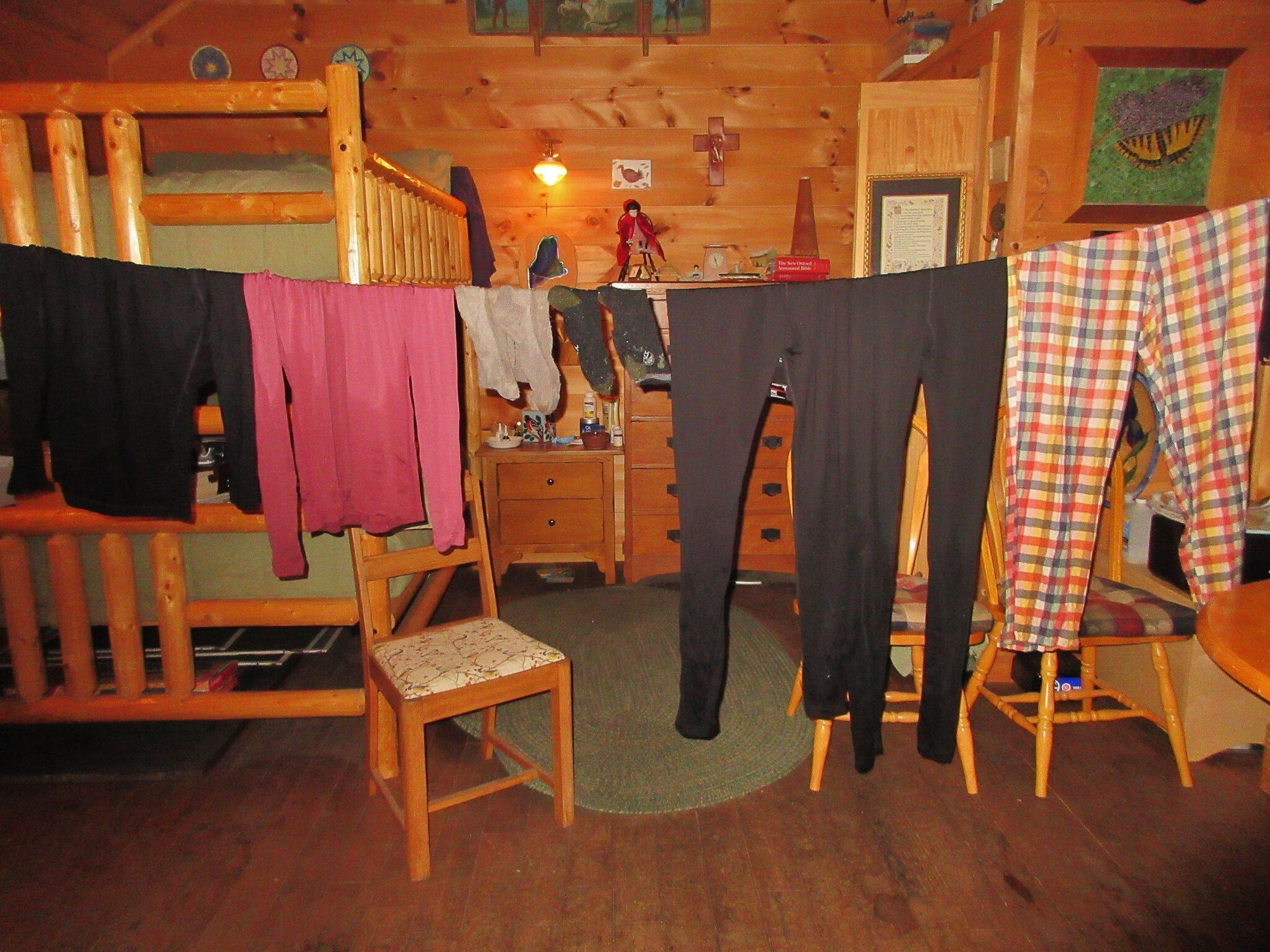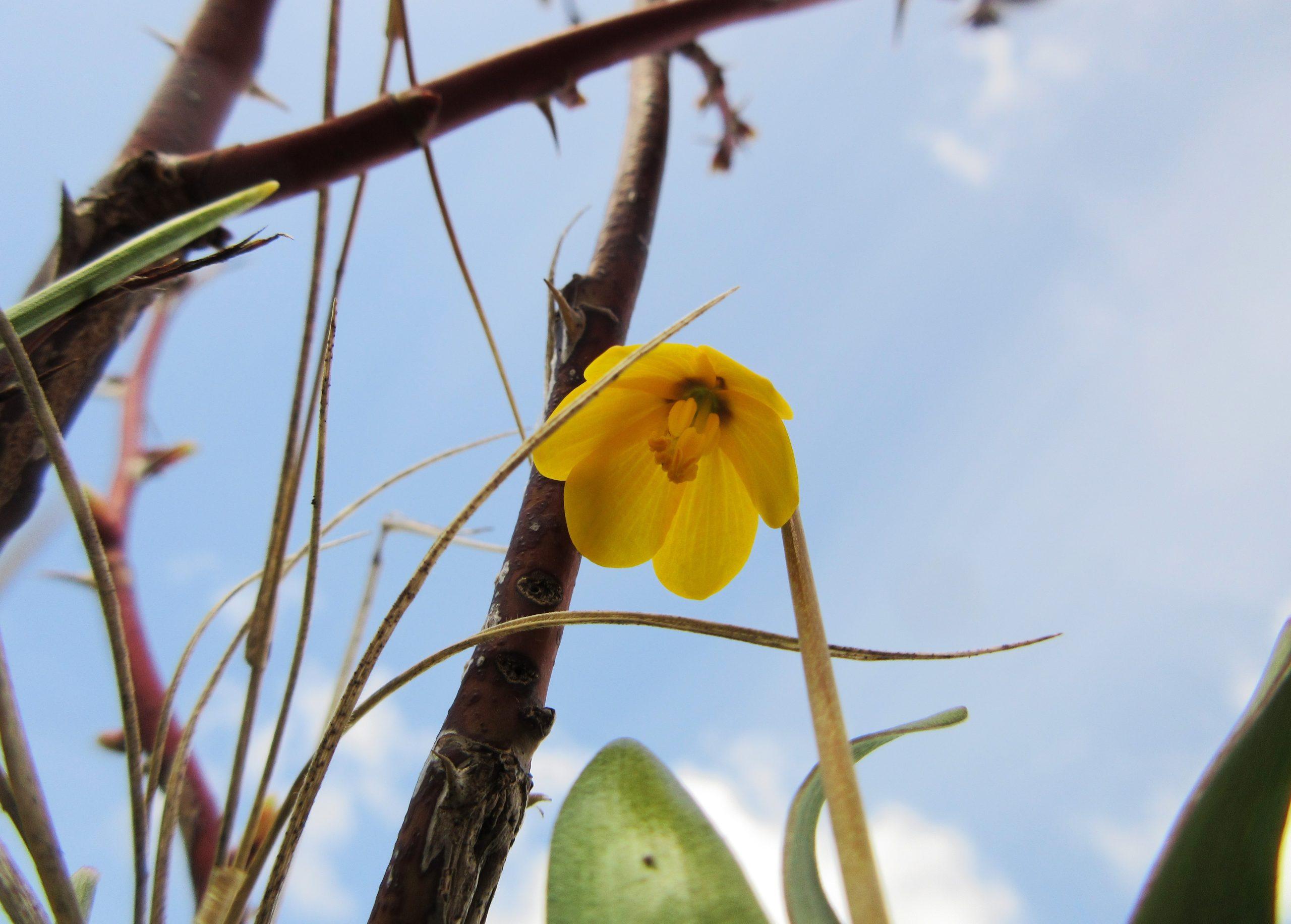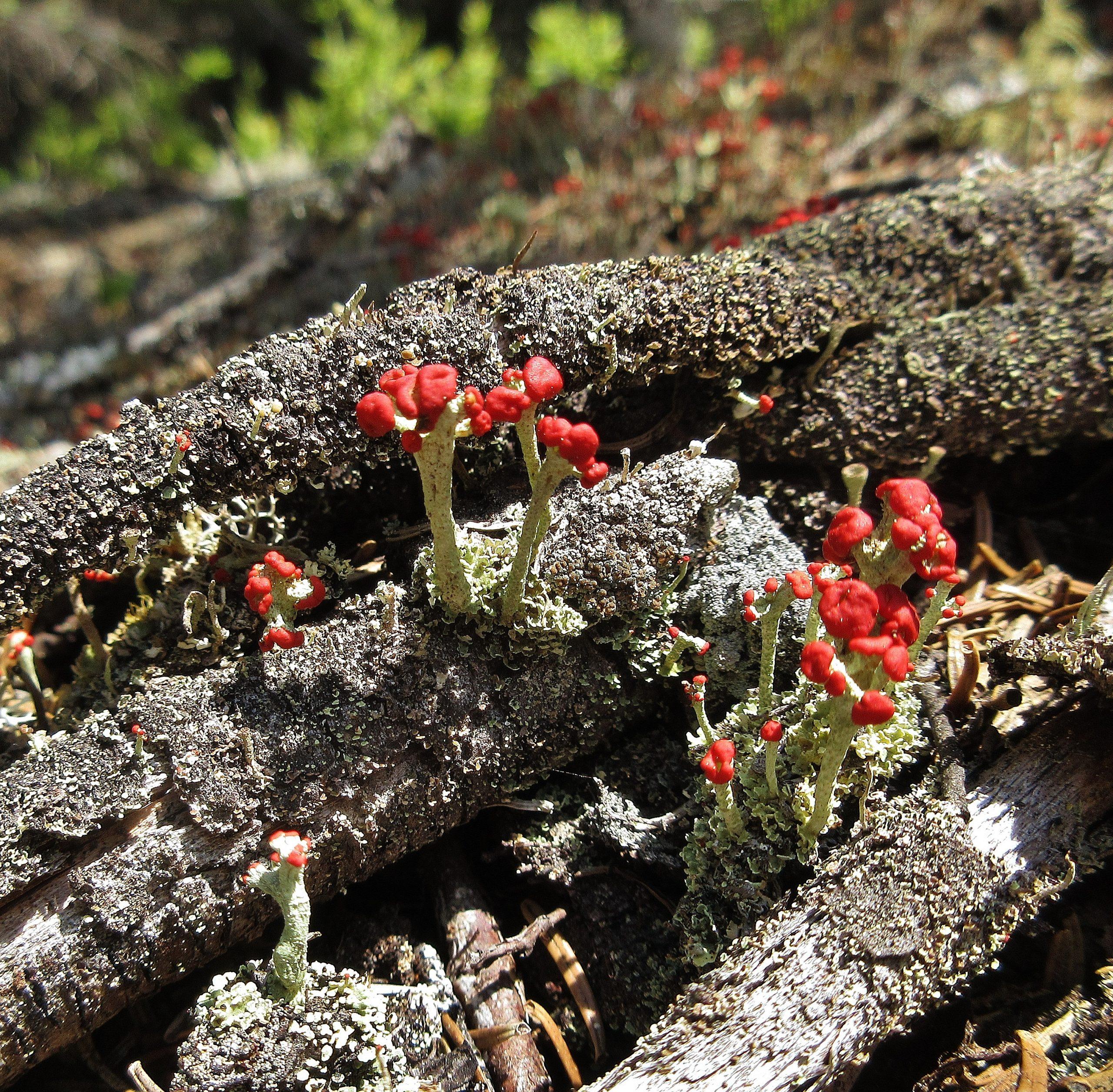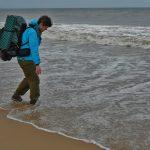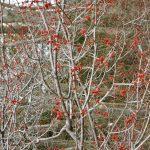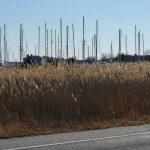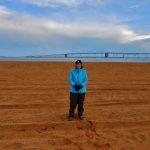In Little Women, Louisa May Alcott famously wrote that “Housekeeping ain’t no joke.” These words were spoken by Hannah, the March family’s maid, who labored to maintain a clean and comfortable home without benefit of modern appliances.
In my off-the-grid cabin, washing dishes and doing laundry often feel like major projects. Before I even get to the washing stage, I must pump and haul the necessary water. Then I wash everything by hand. And, now that my graywater system is frozen, I need to carry the dirty water back out for disposal in the woods. (If you missed the tale of how I lost my sink drain, it’s at https://www.wendyweiger.com/frozen/.)
I’ve recorded a short video demonstrating my dishwashing and laundry arrangements:
I realize that, compared to my foremothers, my life is relatively easy. I’m caring only for myself. As I go about my duties, I think of women on the American frontier in the days portrayed in Laura Ingalls Wilder’s “Little House” books. A husband, wife, and multiple children would have shared a cabin smaller than mine. In a growing family, the youngest child would likely have been wearing cloth diapers that needed changing several times a day, generating a considerable amount of dirty, smelly laundry. The wife would possibly have been pregnant with her next child, with no private space for quiet rest, and no reprieve from her daily workload. On the plus side, older children could help with hauling water, splitting and carrying firewood, cooking, dishwashing, laundry, and other chores. Still, the fortitude required for such a life boggles my mind.
I can’t say that I really enjoy washing dishes or clothing, but I definitely feel a sense of satisfaction in the results, as I survey my neat, clean countertop or a week’s worth of laundry drying on the line I string across my cabin.
However, there are some domestic tasks that I do enjoy. One of these is baking bread.
Bread-making is a multisensory experience: the squishing of the dough beneath my kneading fingers; the pleasure of watching the dough rise; the comforting scent of the loaf when it comes out of the oven, freshly baked, with a mild yeasty tang; the satisfying taste of the first warm slice, slathered in melting butter, eaten before the glowing fire in my woodstove. It’s a wonderful way to spend a stormy day, as I watch the snow accumulate in the woods beyond my windows.
I realize I might feel different about making bread if it were something I had to do, week after week, for a large family. But with just myself to feed, I bake only when the spirit moves me, and it feels more like a pampering session than a chore.
If you’ve never made bread, and would like to try, my recipe is simple and straightforward:
Ingredients:
1 2/3 teaspoons instant yeast (you probably don’t have a 1/3 teaspoon measuring spoon; just make your best estimate)
1 1/2 tablespoons (1 tablespoon plus 1 1/2 teaspoons) golden or white sugar
1 1/4 cups warm (110 degrees F) water
1 1/2 tablespoons (1 tablespoon plus 1 1/2 teaspoons) softened butter
Heaping 1/4 teaspoon salt [Note on the quantity of salt: A blog reader who tried this recipe found it a bit bland. The original recipe called for more salt (1 1/2 tsp), but my taste buds are very sensitive to salt – and I prefer to stick to a low-salt diet – so I reduced the amount to a heaping quarter teaspoon, which is enough for me. However, some folks might prefer more.]
3 1/4 cups all-purpose flour
Olive oil
Directions:
Dissolve yeast and sugar in warm water.
Stir in butter, salt, and 1 cup flour.
Stir in remaining flour, 1/4 cup at a time, mixing well after each addition.
Knead for 4 minutes on a lightly floured surface.
Oil the inside of a bowl (using olive oil). Put in the dough and turn it to coat it with the oil. Cover the bowl with a damp cloth and leave it in a warm place for the dough to rise until its volume doubles, about 1 hour.
Deflate the dough by pressing on it with your hands, pick it up, and gently shape it for transfer to a lightly greased loaf pan.
After transferring the dough to the lightly greased loaf pan, cover the pan with a damp cloth and let the dough rise in a warm place until its volume doubles, about 40 minutes.
Bake at 375 degrees F for 30 minutes. At 30 minutes, check the internal temperature of the loaf. It should be 195 degrees F. If it has not reached that temperature, continue baking until it does.
After removing the bread from the oven, turn it out from the pan onto a wooden cutting board to cool a bit before savoring your first slice.
Please join me on Facebook for a live chat this coming Sunday, March 20, at 7 PM EDT! This is your chance to ask me questions about my off-grid life in real time. Or, if you prefer, you may send questions in advance by replying to this blog notification, by sending me a private Facebook message, or by posting your question in the event discussion. https://www.facebook.com/events/322933799899601

